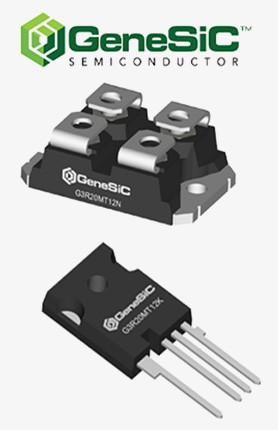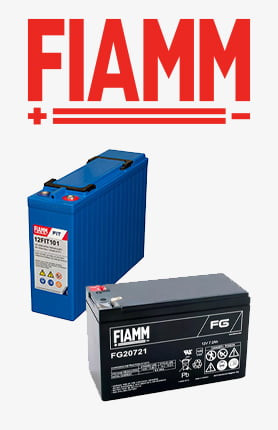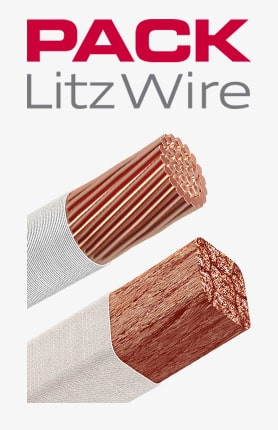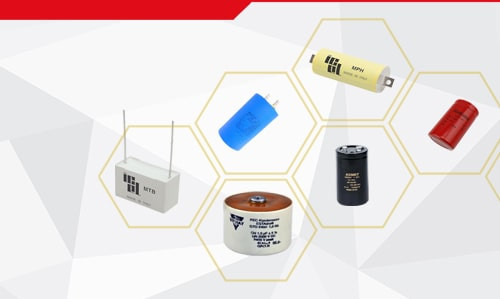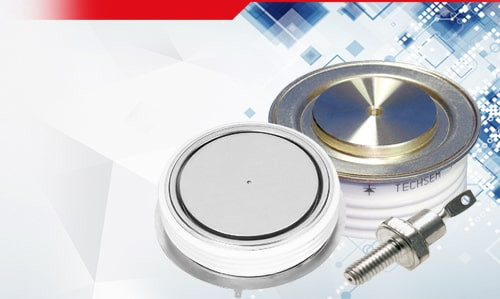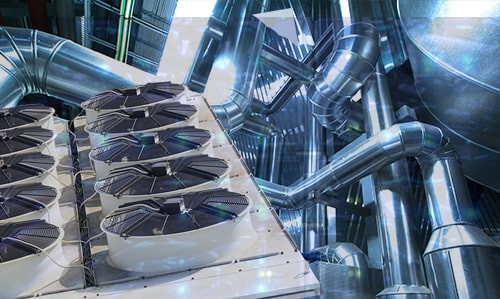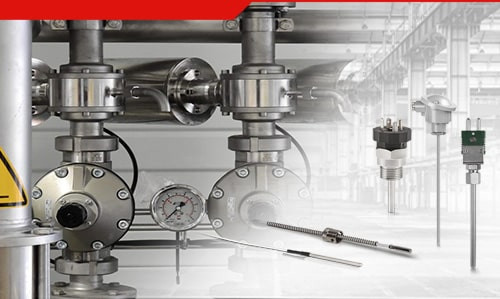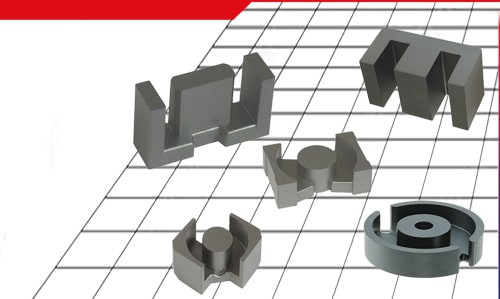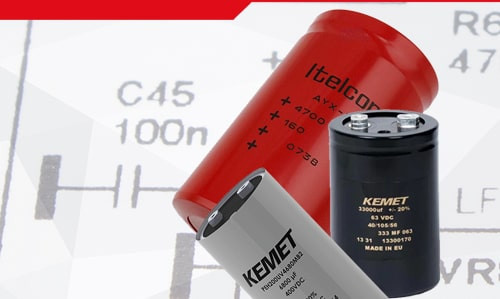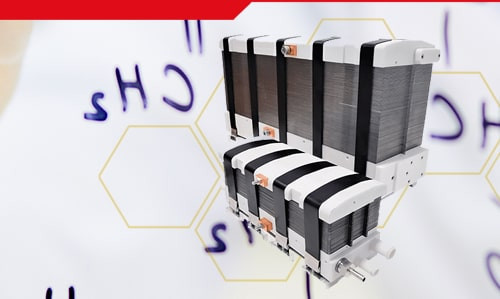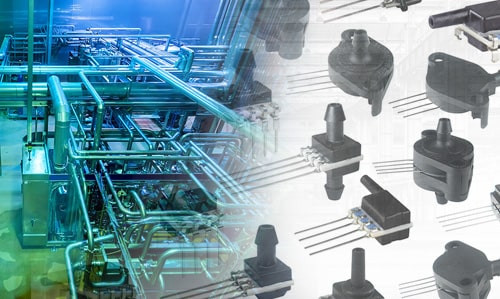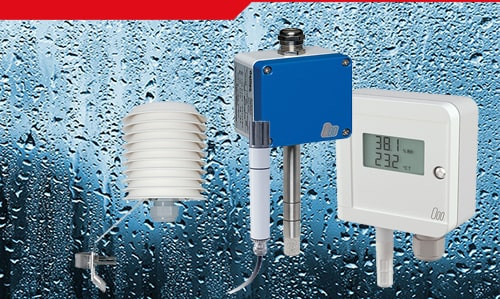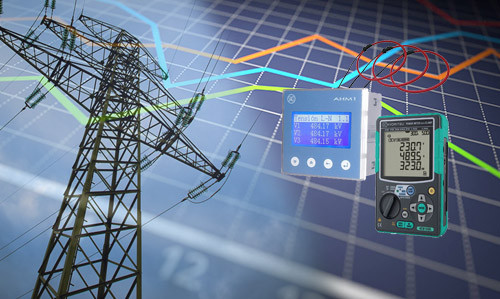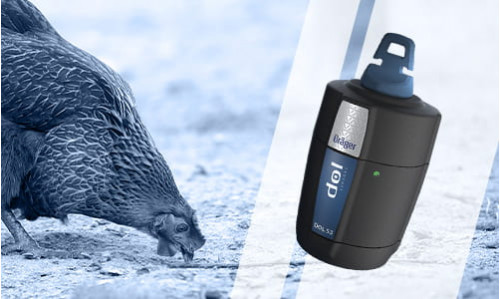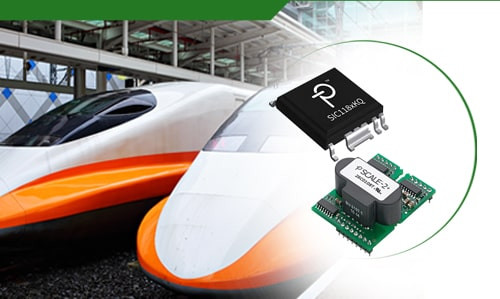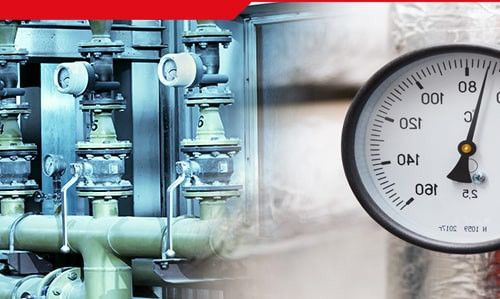Kondensator to urządzenie, które występuje w każdym nawet najmniejszym układnie elektronicznym. Zapotrzebowanie na kondensatory jest bardzo duże, dlatego produkuje się je w bilionach sztuk rocznie na całym świecie.
Popular posts
-
Dioda prostownicza – jak działa, gdzie się je stosuje, budowa.Read more
Bardzo popularnym rodzajem diod o bardzo szerokim zastosowaniu są diody prostownicze, których zadaniem jest prostowanie prądu przemiennego
-
Co to jest system HVAC?Read more
HVAC to branża inżynierii sanitarnej zajmująca się ogrzewaniem (heating), wentylacją (ventilation) oraz klimatyzacją (air conditioning) i oznacza zintegrowany system urządzeń z wyżej wymienionych branż.
-
Types of temperature sensorsRead more
We use temperature sensors every day to regulate, for example, the temperature in buildings, to regulate water temperature. Temperature sensors are also needed in many other applications such as consumer, medical and industrial electronics.
-
Application of ferrite cores in industryRead more
In the industry, the vast majority of equipment is powered by alternating current of varying power and frequency. When we gather a large number of equipment and electrical machines in one room we create the so-called working environment.
-
Co to jest kondensator elektrolityczny? Budowa, zalety i rodzaje.Read more
Kondensator elektrolityczny to odrębny typ kondensatora, w którym jedna z elektrod jest elektrolitem, a druga jest metalowa (aluminiowa, tantalowa lub niobowa).
-
Strefa zagrożenia wybuchem gazuRead more
Przy wyznaczaniu stref zagrożonych wybuchem dla gazu ziemnego bardzo ważne jest określenie w jakich warunkach może wystąpić zagrożenie wybuchem oraz jak, w przypadku potencjalnego wybuchu, zminimalizować jego skutki.
-
Hydrogen Fuel Cells - Key InformationRead more
Technological development and changes in the global industry force a constant need to look for new sources of energy. When it comes to batteries, the emphasis is now not only on high efficiency, capacity and efficiency, but also on ecology and the ability to work in various conditions.
-
Industrial pressure sensors - principle of operation, types and applicationRead more
Pressure is one of the basic measurements performed in the vast majority of industrial and manufacturing facilities.
-
Humidity sensors - principle of operation, installationRead more
Humidity is the presence of water in the air. The amount of water vapour in the air can affect human comfort as well as many industrial production processes. The presence of water vapour also affects various physical, chemical and biological processes.
-
EX zones - requirements, regulations, standardsRead more
Ze względu na fakt, że substancji potencjalnie wybuchowych jest stosunkowo dużo to urządzenia – w szczególności elektryczne – które są przeznaczone do pracy w takich warunkach podlegają określonym wymaganiom
-
Measuring power and energy in electric circuitsRead more
Power meters and network parameter analyzers are intended for identifying anomalies of power supply in single-phase or triple-phase networks. They enable power and energy analysis, and also quality control of electrical power.
-
DOL 53 ammonia sensorRead more
DOL 53 ammonia sensor In 2016, DOL 53 won a silver medal at the Innovation Award at EuroTier, which is the world’s leading trade fair for animal production. The competition is judged by an independent international committee of recognized consultants, scientists and practitioners appointed by the DLG (German Agricultural Society). Scientists from The Department of Poultry Science at the College of Agricultural and Environmental Sciences of the University of Georgia completed a total of four...
-
AGM or gel battery? Comparison of AGM and gel batteriesRead more
Batteries are used in most industrial applications. In most cases, they rely on solutions with high performance, reliability and ability to work in harsh conditions. Of the many types of batteries on the market, the most common are maintenance free AGM and gel batteries.
-
The Identification of Travelling Waves in a Voltage Sensor Signal in a Medium Voltage Grid Using the Short-Time Matrix Pencil MethodRead more
Most of the fault wave localization methods are based on the analysis of line current transformed by current transformers and are limited to high voltage grids. Fault wave localization in medium voltage grids is still being developed. This paper presents a new real-time algorithm for the identification of travelling waves in a distribution grid using voltage signal and the short-time matrix pencil method. To obtain the secondary side voltage waveforms at substation, the model of a resistive...
-
SiC MOSFET Power Switches ControlRead more
SiC MOSFET Power Switches can be controlled with a full range of SCALE Gate Drivers
-
How do temperature sensors work?Read more
The basic parameter measured by electronic systems and monitoring and diagnostic systems is temperature - the main factor that affects the quality of operation and performance of industrial equipment
-
Hazardous areas & explosive atmospheres - basic principlesRead more
The subject of explosion protection is described by a specific set of terms and definitions that have been permanently included in the process safety dictionary. Based on EU directives, standards and relevant regulations, a list of terms that are commonly used to characterize hazards in Ex zones has been created. The list is interdisciplinary and reflects the complexity of the proces safety issue.

